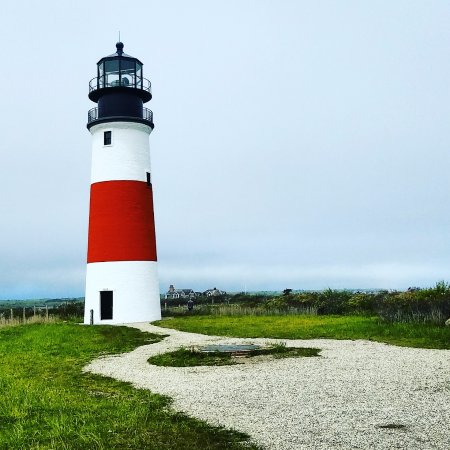15 1/2 Museum Studies-Related Podcasts
I don’t know about you all, but now that I am busy with graduate school and work, I don’t have a lot of time to read for fun like I once did. I spend a lot of time watching TV that inspires me, but maybe …
I don’t know about you all, but now that I am busy with graduate school and work, I don’t have a lot of time to read for fun like I once did. I spend a lot of time watching TV that inspires me, but maybe …
Happy hunting! Northeast: Collection Registrar (Portland Museum of Art, Portland, ME) Development Manager (Tower Hill Botanic Garden, Boylston, MA) Stewardship Specialist (Museum of Science, Boston, MA) Executive Director (Bedford Historical Society, Bedford, MA) School Programs Marketing Assistant (Discovery Museum, Acton, MA) Coordinator of School Partnerships …
With climate change as a constant impending threat, historic sites must consider their future sustainability with regards to the environment. Sea levels are rising, and many historic sites are located close to harbors and ports, which used to be the economic centers of many towns. However, this puts them in the prime position to be damaged by the environment. While the historic house field is very aware of this problem, it is something that requires continuous attention.Personally, this issue has been on my mind because I am interning at the Nantucket Historical Association this summer, and this problem is something that the entire island will face in the next several hundred years. However, some historic sites have come up with creative solutions to combat the sea level rise, as well as other natural issues.

We may not be able to change what has already happened to our planet, but we can at least be as prepared as possible to try to adapt with these environmental hazards, as well as advocate for conservation and environmentally sustainable practices. Many historic sites are organizing conferences and trying to set an example of innovative planning while also maintaining the integrity of their sites.
Transformation creates opportunities and problems that call for collective interpretation: What are we about? Who are we? What is important? What are our priorities? (Eckel & Kezar, 2003a) In May of 2019, a story of racist behavior directed at students of color at the MFA …